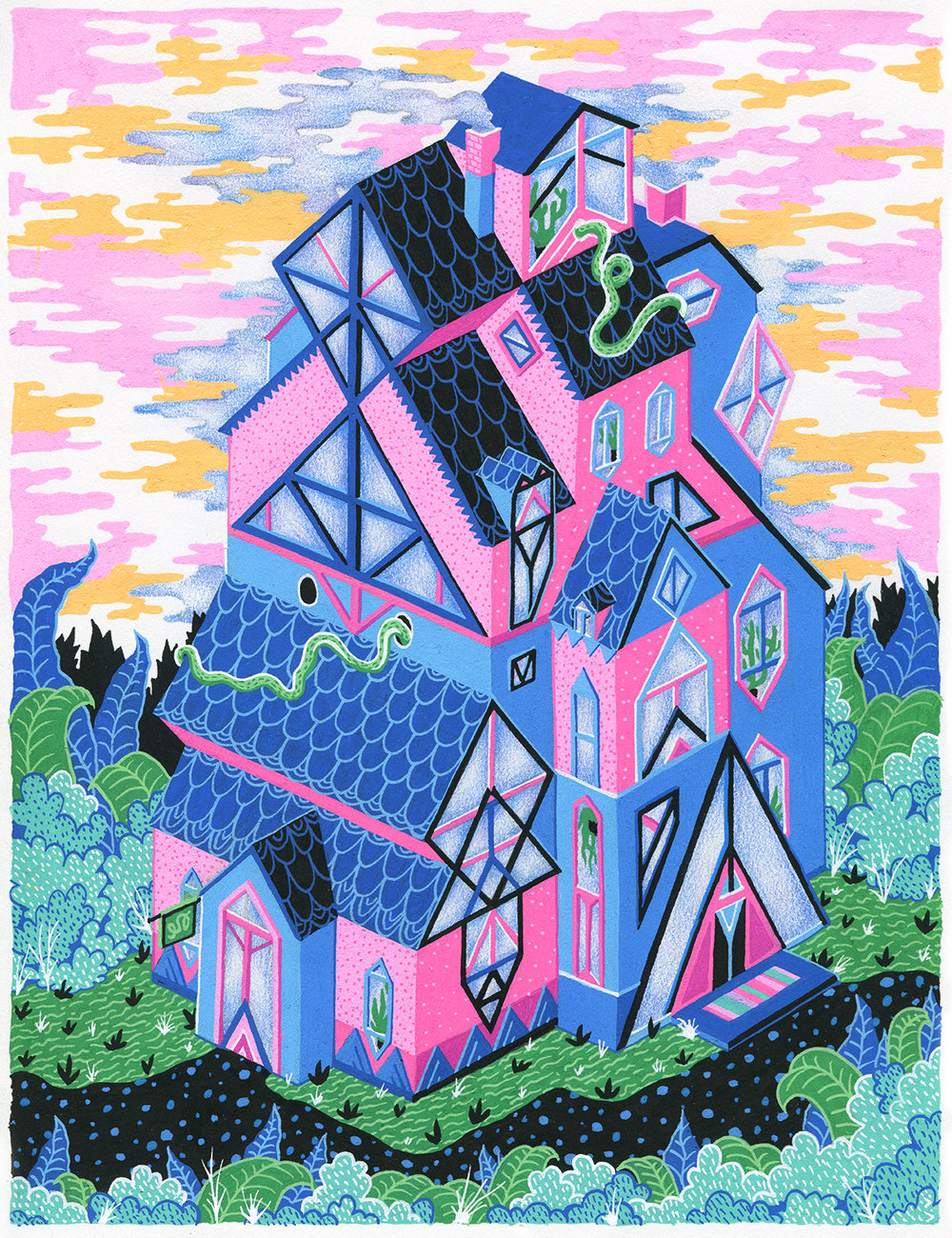
Bright flora bursts in Kent Williams’s paintings (featured in HF Vol. 21). Thick brushstrokes of hot pink, mint and navy hint at an arrangement of organic growths. Williams frequently positions his subjects in the outdoors, where they inhabit areas that seem wild and overgrown yet feel contained like miniature Edens. His characters fervently move as if enacting a frenetic dance performance, their motion captured by his expressive use of paint. While Williams has been widely recognized for his figurative work over the past 20 years, his first solo show with 101/Exhibit in Los Angeles, “How Human of You,” marks a shift into abstraction. Figures are still present in many of the works, but Williams removes the idea of time and place, instead suspending them in an imaginary space where his flamboyant color choices elicit a visceral, emotional response.
Kent Williams’s “How Human of You” opens on October 25 and will be on view at 101/Exhibit through December 20.









 In her series "Flesch and Blood," Scottish artist
In her series "Flesch and Blood," Scottish artist  The late painter
The late painter  An initial encounter with the work of
An initial encounter with the work of